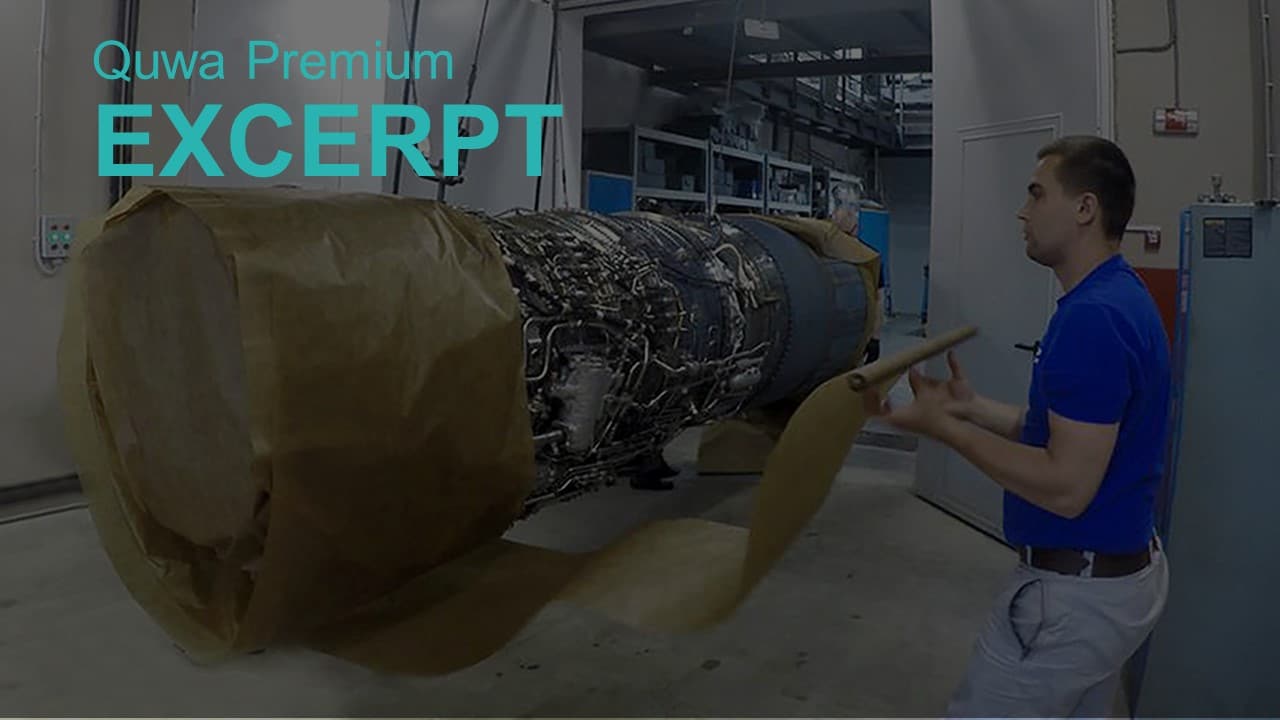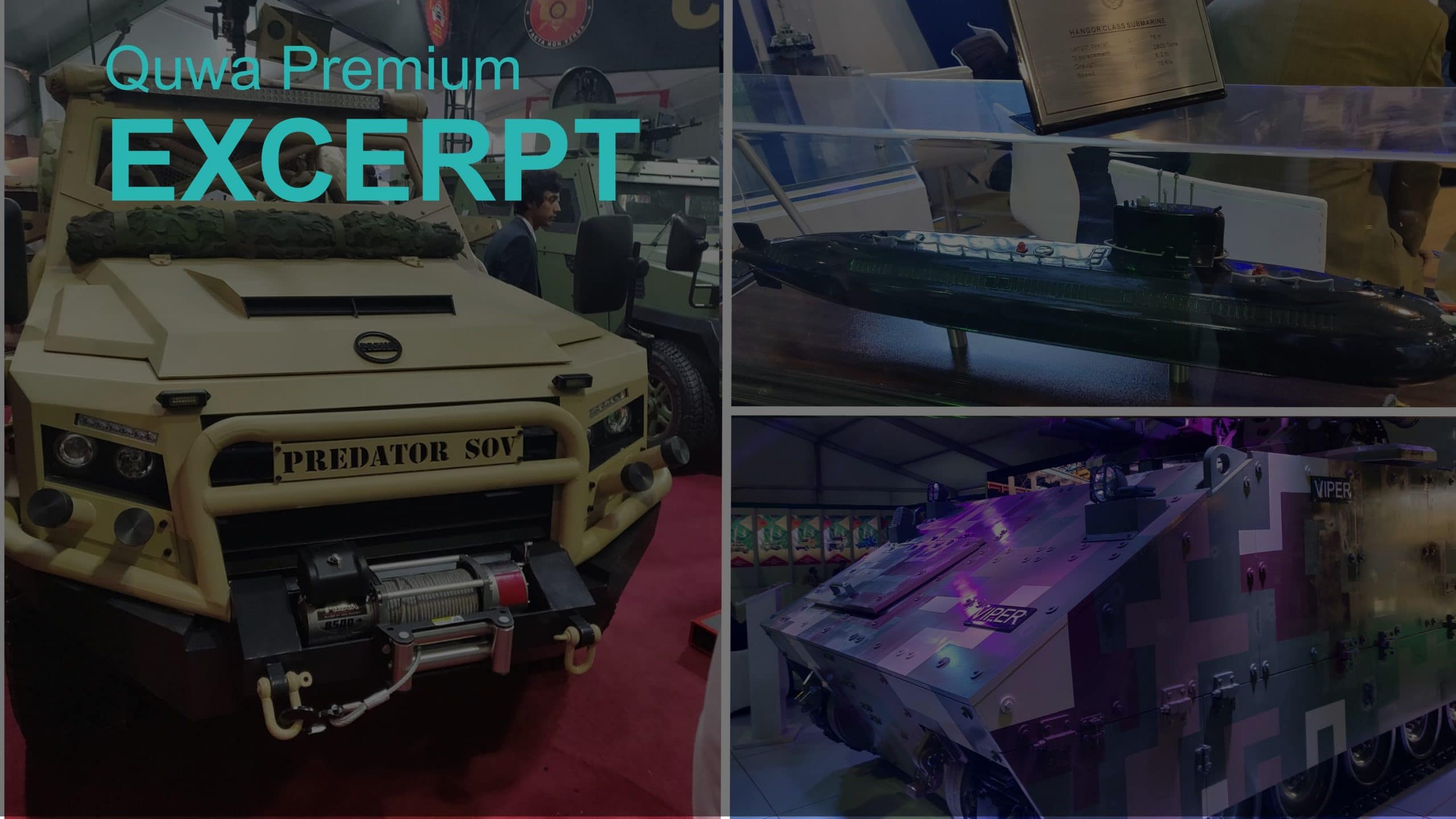2442Views

IDEAS 2018: Is Pakistan Prioritizing New Munitions Development? (Part 1)
According to UkrOboronProm, which is Ukraine’s state-owned parent company overseeing the country’s various defence vendors – such as Antonov – Pakistan and Ukraine agreed to collaborate on developing munitions. In a statement, UkrOboronProm stated:
It was discussed the terms and conditions for the start of joint Ukrainian-Pakistani production of high-precision missiles of various classes. The parties confirmed their readiness to start joint research and development work in the coming months.
In addition, there was also a news report about Turkey’s Roketsan A.S. ‘assisting’ Pakistan with “air-to-air, air-to-ground and anti-tank UMTAS and OMTAS missile technology.” Collectively, the reports suggest that Pakistan is now prioritizing the development of new munitions for its land, naval, and air platforms.
For Pakistan, this is not a new course.
Currently, the Pakistan Army (PA), Pakistan Navy (PN), and Pakistan Air Force (PAF) field domestically-built stand-off range weapon (SOW) designs, most notably the Babur and Ra’ad-line of cruise missiles.
Although these SOW systems can be used for conventional operations, they are mostly meant for non-conventional or strategic objectives. This is a rational course seeing that the supply of strategic – especially 300+ km (i.e., non-MTCR) range munitions – is limited, if non-existent. For Pakistan, domestic sourcing is the most assured method of acquiring and sustaining this capability.
However, when it comes to conventional munitions – such as air-to-air missiles (AAM) – Pakistan mostly, if not entirely, imports proven solutions from abroad. Pakistan’s leading suppliers in this regard have been China, the US and Western Europe, but with a few exceptions on the margin (e.g., Brazil and South Africa for anti-radiation missiles and long-range glide-bombs, respectively).
For Pakistan, relying on off-the-shelf solutions was a rational move. Previously, Pakistan did not anticipate building sufficient economies-of-scale for certain munition types to sustain domestic production.
Pakistan does manufacture certain conventional munitions, especially ordnance such as artillery shells, small-arms ammunition, and general-purpose bombs (GPB). But one will notice that these munitions draw on strong economies-of-scale and require limited continual development.
Why the Pivot?
While the method is unclear, the PAF intends to build an independent supply-base for its next-generation fighter, i.e., Project Azm. The PAF Chief of Air Staff (CAS), Air Chief Marshal (ACM) Mujahid Anwar Khan stated that the fifth-generation fighter (FGF) is “indigenous” nor tied to “western or eastern partners”…


